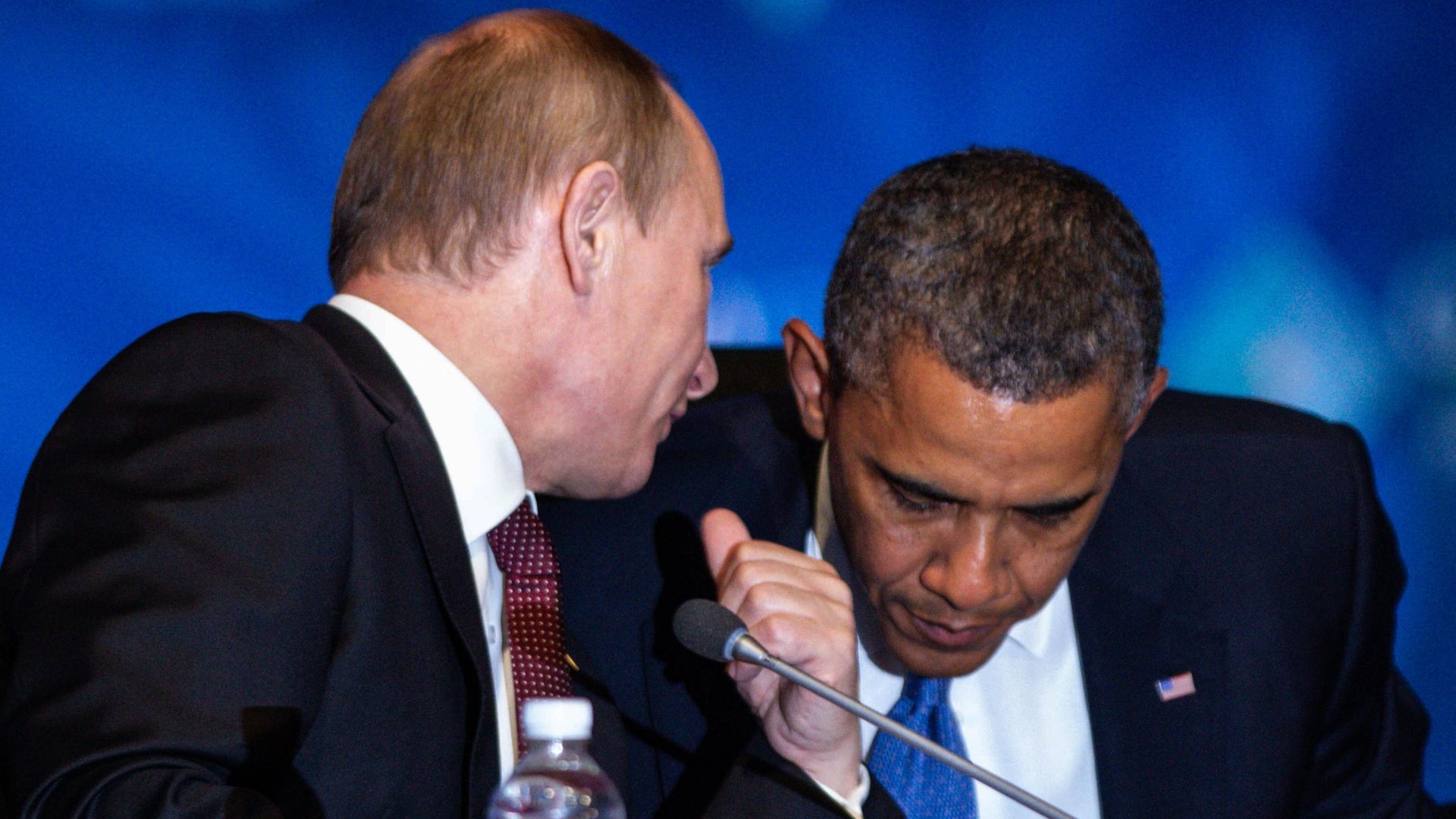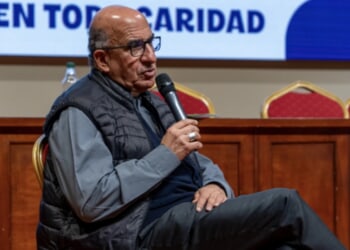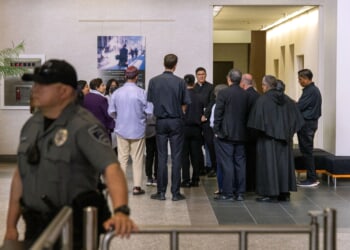
Former Director of National Intelligence James Clapper pressed the intelligence community to maintain a unified narrative that Russia interfered in the 2016 election to help President Trump, even as the National Security Agency raised concerns about the process, according to newly declassified top secret emails.
The emails, disclosed Wednesday by Director of National Intelligence Tulsi Gabbard, reveal that Clapper described the Obama administration’s effort to finalize a revised intelligence community assessment on “Russia Election Meddling” as a “team sport” that might require the community to “compromise” its standards.
🚨Newly declassified Top Secret emails sent on December 22, 2016 complying with President Obama’s order to create the manufactured January 2017 ICA about Russia expose how DNI James Clapper demanded the IC fall in line behind the Russia Hoax. Clapper admits that it was a “team… pic.twitter.com/fVHq9E1no7
— DNI Tulsi Gabbard (@DNIGabbard) August 13, 2025
Trump’s Sovereign Wealth Fund: What Could It Mean For Your Money?
The correspondence shows former National Security Agency Director Mike Rogers warning that his agency lacked adequate access to the intelligence underpinning the report’s conclusions.
In a Dec. 22, 2016, email to Clapper, former CIA Director John Brennan, and former FBI Director James Comey, Rogers wrote that his team had concerns about the pace of the process and the lack of transparency.
“I know that this activity is on a fast-track and that folks have been working very hard to put together a product that can be provided to the President,” Rogers wrote.
“However, I wanted to reach out to you directly to let you know of some concerns I have with what I am hearing from my folks.”
This Could Be the Most Important Video Gun Owners Watch All Year
“Specifically, I asked my team if they’d had sufficient access to the underlying intelligence and sufficient time to review that intelligence. On both points my team raised concerns,” Rogers stated.
He continued, “I’m concerned that, given the expedited nature of this activity, my folks aren’t fully comfortable saying that they have had enough time to review all of the intelligence to be absolutely confident in their assessments.”
Rogers stressed that he was not disputing the report’s substantive conclusion but wanted to ensure the NSA could stand fully behind the document.
“We have one chance to get this right, and it is critical that we do so,” he wrote.
“I’m concerned we are not there yet.”
Rogers also noted that if the report did not require the NSA’s co-authorship, he would “stand down on these concerns,” but if it did, the agency would need to review “even the most sensitive evidence related to the conclusion.”
Clapper’s response made clear that there would be no delay.
“Understand your concern. It is essential that we (CIA/NSA/FBI/ODNI) be on the same page and are all supportive of the report — in the highest tradition of ‘that’s OUR story, and we’re stickin’ to it,’” Clapper wrote.
“We will facilitate as much mutual transparency as possible as we complete the report … but, more time is not negotiable,” he added.
“We may have to compromise on our ‘normal’ modalities, since we must do this on such a compressed schedule. This is one project that has to be a team sport.”
The exchange occurred less than two weeks after a Dec. 9, 2016, meeting between former President Barack Obama, Clapper, Brennan, and other senior officials, during which Obama directed the preparation of a report detailing “the tools Moscow used and actions it took to influence the 2016 election.”
An earlier assessment, which Obama rejected, concluded that “Russian and criminal actors did not impact recent US election results by conducting malicious cyber activities against election infrastructure.”
The NSA, CIA, and FBI ultimately signed off on the revised report in early January 2017.
New emails from former NSA Director Adm. Michael Rogers to DNI James Clapper expose the Russiagate hoax against President Donald Trump. NEWSMAX’s Chief Washington Correspondent James Rosen reports. @JamesRosenTV pic.twitter.com/wxmO2YHiyo
— NEWSMAX (@NEWSMAX) August 13, 2025
Gabbard, who has been vocal in challenging the origins of the Trump-Russia collusion narrative, said Clapper’s email corroborates prior disclosures about the process.
“[T]he decision to compromise standards and violate protocols in the creation of the 2017 manufactured intelligence assessment was deliberate and came from the very top,” she said in a statement.
“Clapper’s own words confirm that complying with the order to manufacture intelligence was a ‘team sport.’”

![Obama's DNI Clapper Told Intel Leaders to Compromise Standards for Trump-Russia Report [WATCH]](https://www.right2024.com/wp-content/uploads/2025/08/Obamas-DNI-Clapper-Told-Intel-Leaders-to-Compromise-Standards-for-750x375.jpg)



![ICE Arrests Illegal Alien Influencer During Her Livestream in Los Angeles: ‘You Bet We Did’ [WATCH]](https://www.right2024.com/wp-content/uploads/2025/08/ICE-Arrests-Illegal-Alien-Influencer-During-Her-Livestream-in-Los-350x250.jpg)
![Gavin Newsom Threatens to 'Punch These Sons of B*thces in the Mouth' [WATCH]](https://www.right2024.com/wp-content/uploads/2025/08/Gavin-Newsom-Threatens-to-Punch-These-Sons-of-Bthces-in-350x250.jpg)








